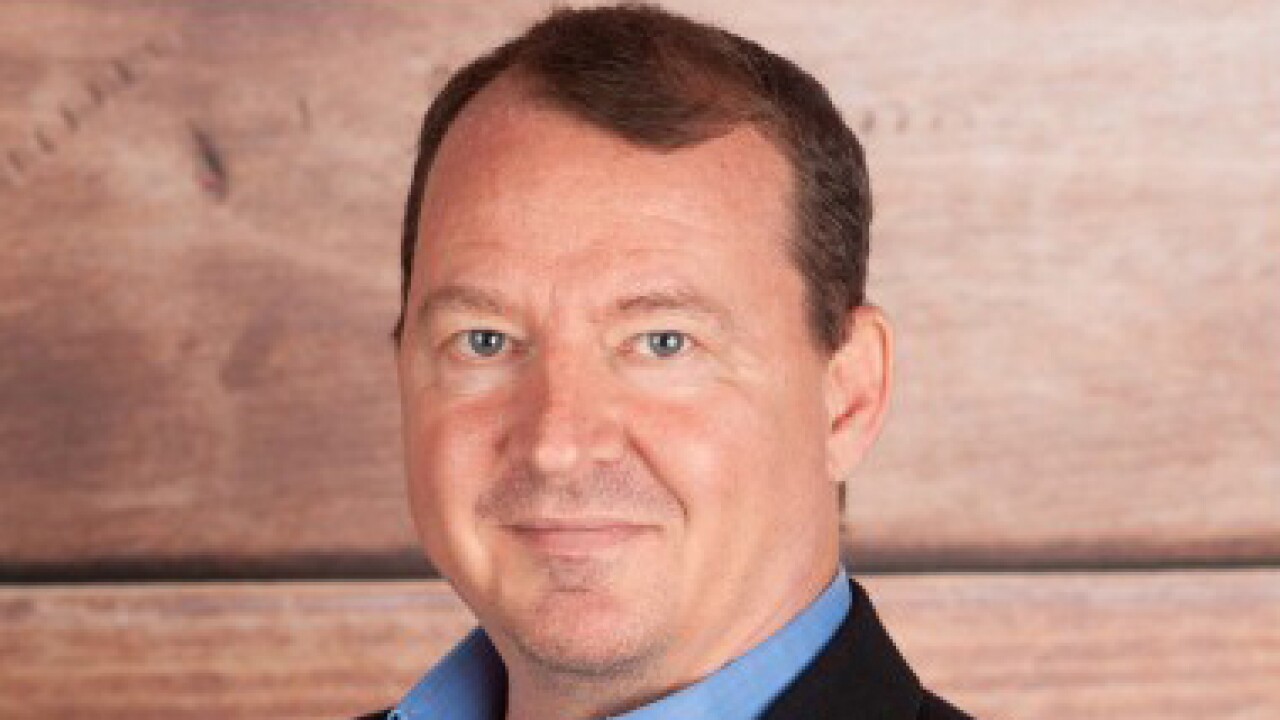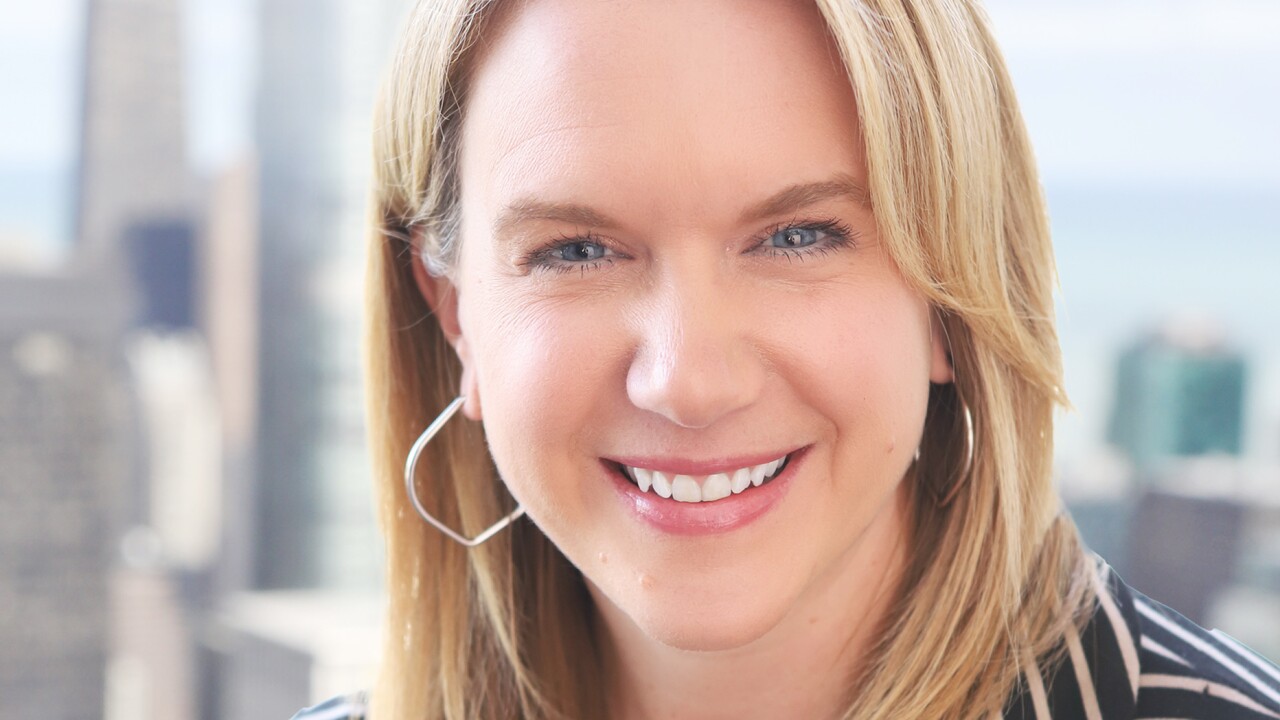SunTrust Banks Inc. is installing software designed to keep it from processing the same check twice.
As banks convert more checks into digital images, the risk of checks being posted twice rises. This can happen in several ways. The check might accidentally be submitted after the image is sent. Also, many images are printed out as image replacement documents, because the paying bank cannot receive images. Sometimes both the check and its IRD are processed, but more frequently, according to the Federal Reserve Board, the IRD is printed twice.
In any case, the result is the same: Customer accounts are debited multiple times.
Lee Crocker, a senior vice president at SunTrust, one of the first companies to start exchanging images, said it has not had to deal with a lot of duplicate IRDs. The efforts to prevent them are "a proactive stance on our part," he said. "We would like to think we are ahead of the curve."
However, the Atlanta banking company is aware of the potential for trouble, and it believes the issue merits attention from banks, Mr. Crocker said. "If there's 100 a day or one a day, that's more than we want."
Double-posting was an issue even before the advent of imaging. For example, a jammed check sorter could sometimes result in a paper check's magnetic ink character recognition data being read twice. But the issue has become increasingly nettlesome since the Check Clearing for the 21st Century Act made IRDs a legal replacement for original paper checks last year.
In December, the Federal Reserve Banks noticed that some batches of images were being submitted twice to the Fed's FedForward service to be printed as IRDs for delivery to the paying bank.
At a conference in May, Fred Herr, a senior vice president in the Federal Reserve Bank of Atlanta's retail payments office, told banks to continue to watch out for duplicate IRDs. He said the Fed has installed its own system to spot batches of duplicates, but the possibility of processing an individual check twice will remain an issue.
SunTrust said it plans to use the Payment/Guard software from the Dallas vendor Carreker Corp. to look for multiple IRDs by yearend, Mr. Crocker said.
The next step in the installation will be spotting cases where both the check and its IRD have been processed. Eventually the software will also be able to look for checks that have been converted to other types of payments, such as an automated clearing house payment.
Rod Springhetti, a senior director of product management at Carreker, said the problem of processing a check twice has been small until now, in part because many banks have been converting only high-value checks into IRDs. These checks tend to receive closer scrutiny than low-value ones, and a double posting would probably trigger other security measures.
Mr. Crocker said the customer-service stakes are higher today than they used to be. In the past a bank could catch a duplicate and reverse the charge before sending a customer's statement at the end of the month, but fraud-wary customers can now check their accounts daily over the Internet, so banks have less time to correct a duplicate charge.
Al Hecht, the chief architect of operations and corporate technology at Wells Fargo Services Co., agreed that banks should be aware of the issue, but he downplayed the threat.
"Image processing is new, and Wells Fargo is working to find new ways to handle the issue of duplicates in the image environment just as others in the industry are," he wrote in an e-mail.
Aaron McPherson, the research manager of payments at Financial Insights Inc., a Framingham, Mass., research unit of the Boston technology publisher International Data Group Inc., expressed some skepticism about the extent of the issue.
"This has not come up on the radar as a big problem," but banks will have to monitor it, so it does not inhibit the growth of image exchange, Mr. McPherson wrote in an e-mail.





